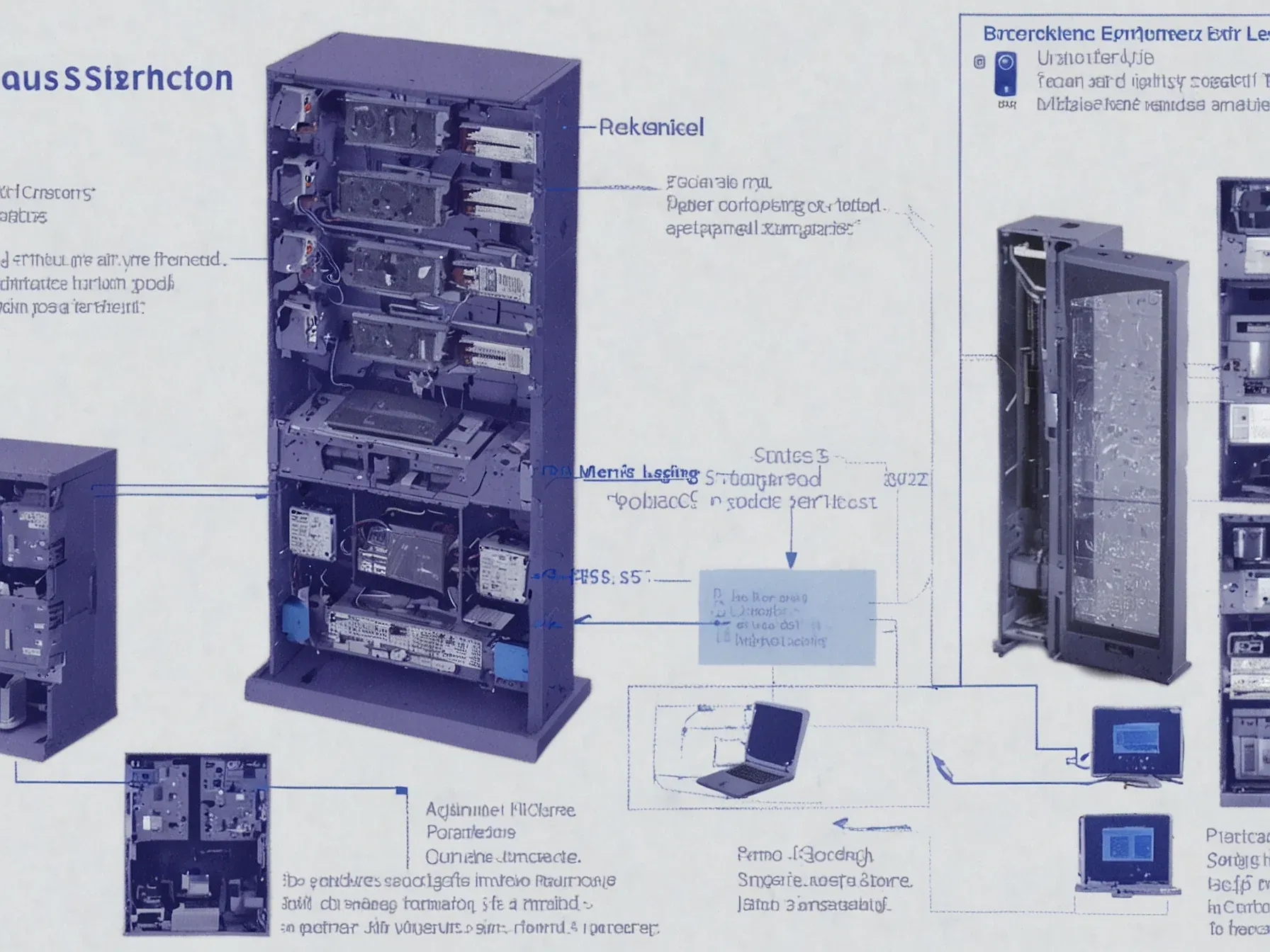
LLMOps Guide Shows How Vector Store Becomes Model's Local Memory
Building a production‑ready LLM isn’t just about picking a model and hitting “run.” The guide titled “From Zero to LLMOps Hero” walks you through every piece of the puzzle—starting with the codebase, moving through data ingestion, and ending with deployment. While the tech stack may look familiar—Python, LangChain, and a handful of open‑source libraries—the real challenge lies in wiring those components so the model can retrieve context quickly and accurately. That’s where the vector store comes in.
After you’ve indexed your documents, the store becomes the bridge between raw text and the model’s inference engine. It’s not a cloud service you call on demand; it lives right alongside your code, ready to serve up embeddings whenever the chatbot needs them. Understanding this step is crucial before you can move on to the next phase, where queries hit the model with freshly retrieved context.
At the end of this step, the vector store/ folder acts as your model's local "memory," ready to be queried in the next phase. Also Read: Top 15 Vector Databases for 2025
At the end of this step, the vector store/ folder acts as your model's local "memory," ready to be queried in the next phase. Also Read: Top 15 Vector Databases for 2025 Here is how our final Chatbot looks like when deployed: Now let's cover all the libraries/tools that we need to make this happen and see how it all comes together. This is where we bring our vector store, retriever, and LLM together using LangChain's RetrievalQA chain. The FAISS vector store created earlier is loaded back into memory and connected to OpenAI embeddings.
Moving an LLM from a notebook to production isn’t a click. The guide admits the first hosting attempt was messy, with multiple requests breaking the service. It then pivots to LLMOps as the missing piece, offering a step‑by‑step walkthrough from zero to a functional endpoint.
At the end of the vector‑store step, the vector store/ folder becomes the model’s local “memory,” ready for queries in the next phase. The article also lists the required libraries and tools, and shows a final chatbot deployment screenshot. However, the guide does not provide performance benchmarks, so whether this local memory approach holds up under heavy traffic is still unclear.
Readers get a concrete example, but the broader applicability to larger models or distributed environments remains untested. Future iterations might integrate external vector databases, but the current version relies solely on the local folder. A handy reference.
In short, the tutorial supplies a practical path for getting a simple LLM service up and running, while leaving open questions about scalability and long‑term maintenance.
Further Reading
- The Definitive 2025 Guide to Vector Databases for LLM-Powered Applications - abovo.co
- Building LLM Applications With Vector Databases - neptune.ai
- How to Give Your Local LLM a Persistent Memory - Arsturn
- Building RAG in 2025: Vector Stores as Tools is here! - n8n Community
- Top 26 LLMOps Tools for AI Application Development in 2025 - Prismetric
Common Questions Answered
What role does the vector store folder play in the LLMOps guide?
The vector store folder serves as the model's local "memory," storing embedded vectors that enable fast similarity searches. After the ingestion step, it can be queried by the RetrievalQA chain to provide context for downstream responses.
How does LangChain's RetrievalQA chain integrate the FAISS vector store with the LLM?
LangChain's RetrievalQA chain connects the FAISS vector store as a retriever, fetching relevant documents based on query embeddings, and then passes those documents to the LLM for answer generation. This tight coupling allows the model to access context quickly and produce accurate replies.
Why does the article emphasize moving an LLM from a notebook to production as more than a single click?
Transitioning to production introduces challenges like handling multiple concurrent requests, scaling infrastructure, and ensuring reliable service, which the guide describes as initially messy. LLMOps provides systematic steps—codebase organization, data ingestion, vector store setup, and deployment—to address these complexities.
What libraries and tools are listed as required for building the final chatbot in the guide?
The guide specifies Python, LangChain, FAISS for the vector store, and additional open‑source libraries for data ingestion and model serving. Together, these tools enable the creation of a functional endpoint that leverages a local memory vector store for query handling.